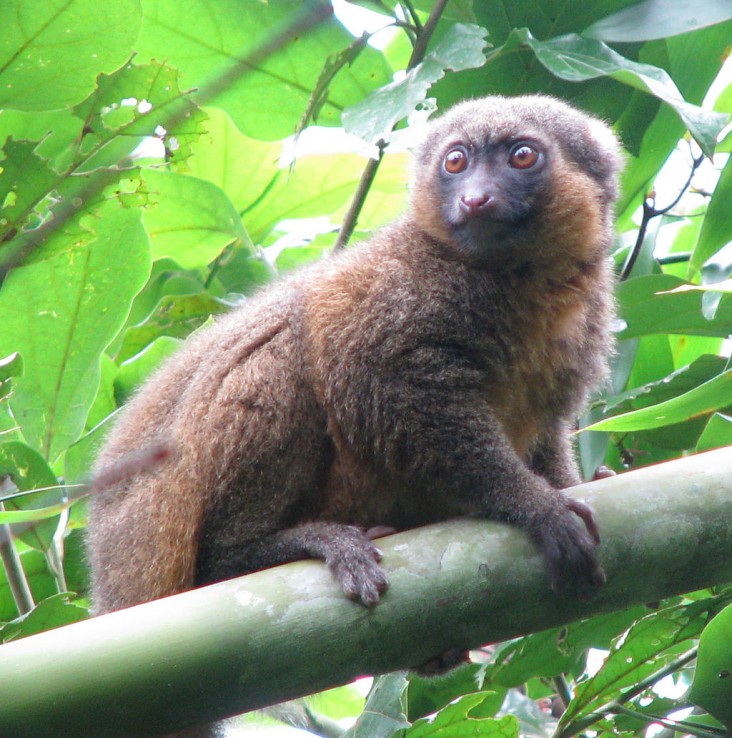
It has been 25 years since Ranomafana National Park, noted for its rich rainforests, incredible diversity of lemur species and bubbling hot springs (Ranomafana means ‘hot water’ in the Malagasy language), was officially made one of the country’s first national parks in 1991. Over those years the park has delighted thousands of tourists, trained a new generation of biological researchers and development professionals, and revealed many new wonders and scientific discoveries.
USAID Involvement from the Birth of the Park
A biodiversity hotspot, the Ranomafana area has been a key area of concern for environmentalists since colonial times and a site of USAID activities since the agency began its work in Madagascar. Starting in the late 1980s, even before Madagascar’s first National Environmental Action Plan (NEAP) was announced, USAID partnered with WWF and other groups on conservation projects in the region.
The approach taken in these projects was innovative. Rather than using the established conservation approaches of the times – putting up fences around protected areas to keep people out and fining those who entered – the USAID-funded projects around Ranomafana were among the earliest in the country to use an integrated approach of working hand-in-hand with local communities. The lessons learned from these early projects helped shape conservation work in Madagascar for decades to come.
Before and after the official inauguration of Ranomafana National Park in 1991, USAID invested in conservation and development activities in and around the park, particularly during the USAID-funded Projet de Parc National de Ranomafana from 1992-1997, and focused a great deal of resources on supporting the establishment of the National Association for the Management of Forests (ANGAP) and mentoring them to take over management of protected areas, including Ranomafana National Park. USAID continued development programs with buffer zone communities of Ranomafana National Park through 2009 with over $6 million in overall support.
Throughout the years USAID has been a strong and committed partner with Ranomafana National Park and the surrounding communities through our support for conservation and development projects, as well as continued capacity building within the Government of Madagascar. Currently USAID is working in areas around the park with local partners on water, sanitation and hygiene, boosting local agriculture, supporting the creation of a local vanilla industry as well as an innovative, new reforestation project that will secure Ranomafana’s borders while bringing food and new market opportunities to local communities.
In the years to come USAID will continue its support of conservation and development in Madagascar through a new environment project, launching in 2017. The 5-year Conservation and Communities Project will be the next chapter in USAID’s support for Madagascar’s wildlife and wild places and the communities that depend on them.
A True Force of Nature
One cannot celebrate Ranomafana National Park without also celebrating its biggest champion, Dr. Patricia Wright. She was there in 1986 when a new species of lemur was discovered (the Golden Bamboo Lemur - Hapalemur aureus). In 1990 she spearheaded the creation of an integrated conservation and development project at Ranomafana that focused on the protection and conservation of endemic flora and fauna as well as rural development, education, and promotion of health services in the park's peripheral zone. She was the driving force behind the protected area of Ranomafana being designated a national park and in 1991 she established the Institute for the Conservation of Tropical Environments (ICTE) to encourage and promote scientific research. In 2003 she founded the esteemed Centre ValBio to promote research in Ranomafana, encourage environmental conservation, and provide the local villagers with the knowledge and tools to improve their quality of life. She continues to be a mentor, a reliable source of information, and a staunch advocate for the conservation of this true treasure of Madagascar.
Happy anniversary Ranomafana, we wish you the best of health!







Comment
Make a general inquiry or suggest an improvement.